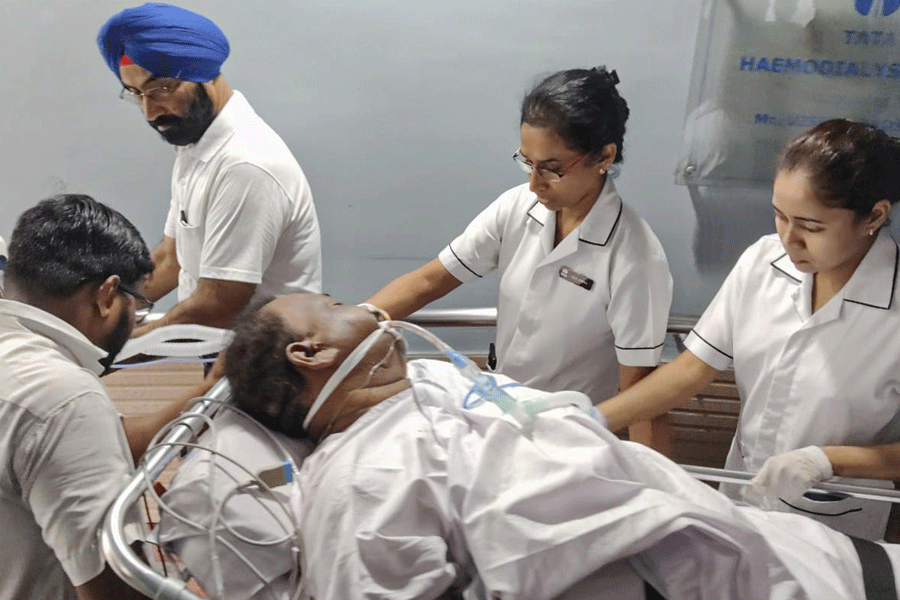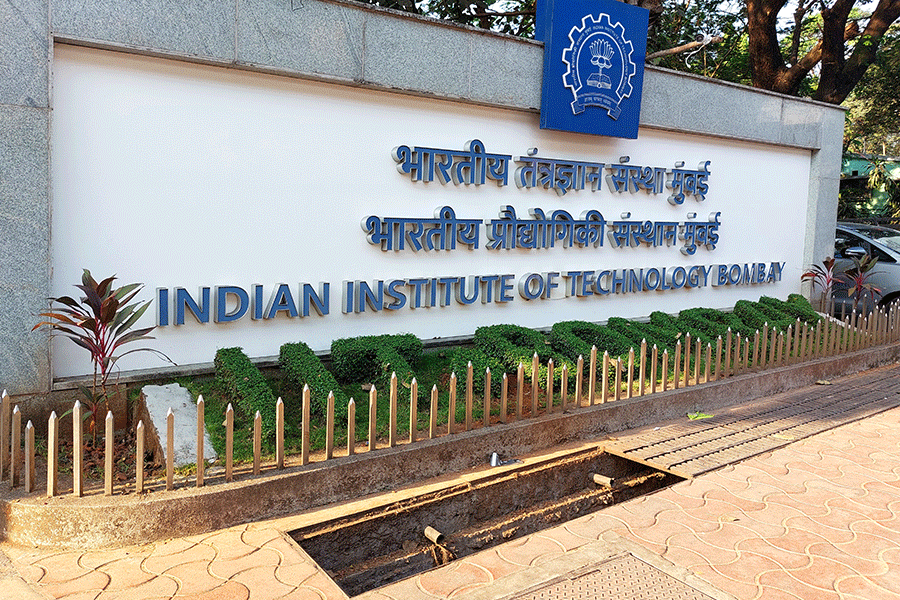.jpg)
There’s something tantalising about the quiet of small towns. They make me feel like I’ve taken a step back in time as I chart winding lanes, peep into derelict houses to find handmade dolls staring back at me through dusty window panes and make the inevitable stop at cosy cafés to tuck into local delicacies.
Near Germany’s gritty and hip capital of Berlin are two unmissable towns. Brandenburg an der Havel and Potsdam are relatively untrampled and not on the main tourist circuit but they transport the history aficionado back into the world of Prussian royalty.
Over 1,000 years of history awaits the traveller who visits Brandenburg which lies on the river Havel. On our trip, we first took a tram that trawled its way through cobbled roads, passing alfresco-style eateries where young people sat drinking on pavements under the morning sun. But it was too cheerful to be cooped up inside the tram. So, dragging along my husband (who isn’t enthusiastic about walking), I set off to explore the alleys and back streets.
Brandenburg lends it name to the state in which it lies. The state was once a medieval Margraviate (the territory of a Margrave who was the German equivalent of a marquis). Its history is peppered by Slavic princes, margraves and the Nazis (trust them to leave their ghastly mark). One of the first concentration camps was set up in Brandenburg Old Town as the Nazis killed the mentally ill through an euthanasia programme at an erstwhile gaol. The town was also base of a World War II aircraft company which produced Luftwaffe planes and it ended up being heavily bombed.
.jpg)
Despite such a turbulent past, what lay before us was an idyllic landscape punctuated by lakes and willow trees drooping elegantly across the river, a former monastery church called St Johannis in its background, cafés selling frozen yogurts, dogs paddling in the river and canoes and motor boats idling down the Havel.
Divided into three districts — the Old Town, the New Town and the Brandenburg cathedral district — the Old Town with its medieval Gothic brick architecture captured the imagination. The oldest parish church in Old Town is St Gotthardt, which bears a distinctive Baroque crest on its tower and harks back to 1140.
A legacy of Brandenburg’s history as part of the Hanseatic League (a powerful confederation of merchant guilds and market towns that dominated Baltic maritime trade during 1400-1800) is the familiar Roland statue in front of the Altstädtisches Rathaus (Old Town Hall). The sandstone knight is a symbol of the town’s independence during the Middle Ages. My husband was greatly amused by my greeting Roland like an old chum. I had made his acquaintance previously in the medieval city of Bremen further north.
In the historic heart of Brandenburg is the imposing Dominsel (Cathedral Island). The Dom St Peter und Paul (Cathedral of Saints Peter and Paul) is a gigantic red-brick affair that started out in Romanesque style in 1165 but when completed in the 14th-century, bore a distinct Gothic imprint.
.jpg)
.jpg)
The town retains its old walls along with its four preserved watchtowers. My last memory of Brandenburg is peppered with colourful wooden homes propped up on cobbled lanes.
Then, it was on to Potsdam, Bran-denburg state’s capital, and I fell under its spell. Tales of Prussian royalty, atmospheric French, Russian and Dutch quarters and incredibly verdant beauty tend to do that. Almost the entire city enjoys Unesco World Heritage Site status and it is a city of great historical import.
At one of its palaces, Schloss Cecilienhof, in 1945 The Big Three — Soviet leader Joseph Stalin, British premier Winston Churchill and US president Harry S Truman — met for the Potsdam Conference to settle Germany’s post-WW II fate. My first brush with the city’s grandeur came at the Dampfmaschi-nenhaus, a 19th-century pump house that was a masterpiece of mechanical engineering meant to pump river water to Prussian King Frederick Wilhelm IV’s summer palace, Schloss Sanssouci. Yet it resembled a mosque with gleaming turquoise blue and gold colours as the king had wanted to hide the funnel in the form of a Turkish mosque.
This was my introduction to Frederick’s architectural exotica. The ‘Rococo jewel’ in Potsdam’s crown is Schloss Sanssouci, the king’s famous summer palace designed in 1747. I halted briefly in Sanssouci Park to scarf down a panini and coffee and luxuriate under a green canopy and live up to the French name of the palace which translates delightfully as ‘without cares’ and to ponder on the luxury in which Frederick lived.
His palace was located strategically above a vineyard and was in sync with his Romantic ideas about harmonising man with nature. Lakes and fountain, temples and follies — they came together in a perfect romantic synthesis in Potsdam.
.jpg)
The Neues Palais (New Palace) in the west of the park is a manifestation of Frederick’s fanfaronade or boastful Baroque architecture show. Also unmissable is the Historische Mühle (historic windmill) that popped up on a raised platform near Sanssouci. The king called it the ‘ornament for the palace’. Even servants lived it up during Frederick’s reign at the Orangery Palace that was built in the style of the High Renaissance. This palace lay on the Road of Triumph that led up to the Belvedere. There is one more palace in the north of the New Garden, not to forget the classicist Marble Palace or Marmorpalais on the banks of the Heiligen See in the New Garden as well as the Schloss Babelsberg (Babelsberg Palace) perched on the Havel’s banks.
The perfect accompaniment to Potsdam’s romance is its three char-ming quarters. There is the French quarter where the Huguenots (French Protestants) found refuge, the red brick house fronts of the Holländisches Viertelor, the Dutch quarter, where a Dutch person could not but feel at home, and the Russian Colony of Alexandrowka.
The 13 wooden Russian houses in Alexandrowka, originally home to Russian singers of the First Prussian Regiment of Guards, caught my imagination with their enchantingly well laid-out gardens. Willow trees and fruit trees swayed over picturesque cottages built to look like a village near St Petersburg in Russia.
Again, here was a city that suffered heavy bombing during WW II and an example of perfect reconstruction and renovation that has restored it to its former glory. Home to the Hohenzollern dynasty, Potsdam to my mind is easily the most perfect place to unwind and bask in the legacy of kings and Kaisers.
.jpg)
READY RECKONER
♦ How to get there: One can fly from Calcutta to Berlin on airlines like Qatar Airways (via Doha), or Etihad and Jet Airways (via Abu Dhabi). Postdam and Brandenburg are 30-40 minute train rides away from Berlin.
♦ Where to stay: It cannot get more atmospheric than the 100-year-old Schlosshotel Cecilienhof in Potsdam.
♦ What to see/do: The studios at Filmpark Babelsberg near Potsdam. Bismarck Terrassen in Brandenburg an der Havel where there are chances you can dine like a Prussian.

.jpg)








